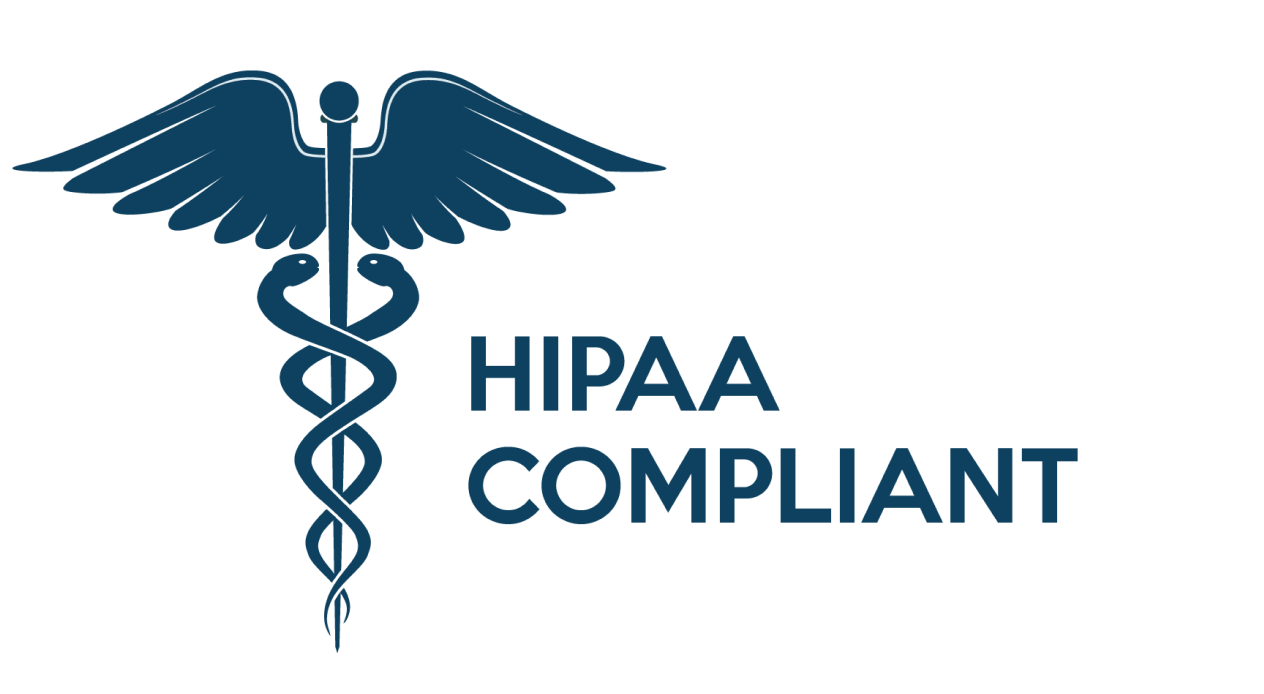Digital Twins: The Future of Insurance?
Digital twins are recognized as a key technological breakthrough transforming insurance practices. Accenture heralds them as “the next wave of digital change in the insurance industry.” Mckinsey estimates that by 2026, digital-twin investments will reach $48 billion. With 70 percent of C-suite technology executives at large enterprises already delving into digital twins, their dominance in the insurance life cycle seems inevitable. Amidst this enthusiasm, it’s essential to understand what digital twins are and their significance to the insurance industry.
What Are Digital Twins?
Digital twins are cutting-edge, computer-generated models of physical assets—ranging from buildings and vehicles to humans. These virtual models receive data from various sensors, enabling them to mimic the behavior of their physical counterparts. This capability allows for a dynamic understanding of how objects perform in real life. What sets digital twins apart is their continuous integration of real-time data obtained from a variety of sources, allowing the creation of a virtual environment that matures over time. This shift from reliance on historical data to real-time simulation allows for better preparedness against major incidents, including natural disasters and pandemics, and improves operational efficiency in sectors such as healthcare. By creating a virtual environment, digital twins enable the prediction and evaluation of diverse risk scenarios.
Digital Twins Are Driven by Data
The backbone of digital twin implementation is a robust data infrastructure that provides reliable data from both experimental and operational settings, as emphasized by McKinsey. This data might originate from sensors, wearables, scans, medical records, or insurance records, among other sources. The fidelity of a digital twin directly correlates with the volume and quality of input data, underscoring the need for insurers to invest in comprehensive, high-quality data sources.
The Rising Importance of Digital Twins in the Insurance World
In the insurance industry, Digital twins find application in three key areas: underwriting, claims processing and fraud detection. In underwriting, AI and machine learning applied to digital twins yield highly accurate predictive and prescriptive analytics. These are crucial as they enable insurers to better assess and forecast risks, to help prevent and mitigate them in advance, and to offer more precise premiums.
In the realms of claims processing and fraud detection, digital twins can simulate the conditions of an accident to evaluate its impact, thereby helping insurers to identify fraudulent claims more effectively. This contributes to faster and more efficient claims processing, enhancing overall operational efficiency.
Moreover, Digital twins can also revolutionize distribution methods. By harnessing diverse data sets, insurers can gain a more comprehensive market view, simulate consumer behavior patterns, and implement effective sales strategies across various channels.
Diverse Applications of Digital Twins in Insurance
- Health Risk Prevention and Management – Digital twins serve a crucial role in predicting and preventing health risks, such as heart attacks, and for monitoring treatment effectiveness.
- Pandemic Management – These technologies are instrumental in forecasting the spread of diseases and evaluating the impact of containment strategies, offering valuable insights for managing health crises.
- Health Equity – Digital twins aid in understanding how policyholders’ neighborhoods and environments influence their health, identifying disparities and guiding efforts to address them.
- Elderly Care – By modeling the living environments of older adults, digital twins facilitate adaptations that support independent living, enhancing quality of life and extending the time seniors can safely stay in their homes.
- Automobile Telematics – Digital twins allow for detailed risk assessments and driver performance feedback, leveraging data to improve safety and tailor insurance offerings.
- Customer Experience – Digital twins offer a 360-degree view of customer interactions and history, enabling insurers to deliver personalized and efficient service. This approach not only enhances satisfaction but also plays a key role in reducing churn and boosting retention rates.
- Operational Efficiency – Insights provided by digital twins can be integrated into operational processes to enhance efficiency. For instance, by identifying patterns that lead to frequent claims or by optimizing the underwriting process based on the predicted performance of an asset, insurers can automate these processes.
Powering Digital Twins with Real-Time Health Data
Binah.ai offers a real-time health and wellness monitoring solution that enables insurers to gather a wide array of health data, including vital signs, stress levels and blood tests. By simply taking 30-60 second selfie-videos using their smartphone cameras or wearing a Polar Verity Sense™ heart rate sensor and connecting it to their smartphone via Bluetooth® for continuous checks, end users can measure their health and wellness from wherever they are. They can then opt to share this data with insurers in exchange for more personalized services.
Delivered as an easy-to-integrate SDK, Binah.ai’s health and wellness check software is continually evolving, with an exciting roadmap of new health and wellness indicators, including cholesterol total, sleep analysis, and fall detection, slated for release in the upcoming months. Leveraging edge computing technology, insurers can protect their policyholders’ privacy while securely managing their digital twins with enhanced efficiency.
By integrating Binah.ai’s cutting-edge technology, insurance providers can enrich digital twins with objective, end-user provided data, enabling the creation of more proactive, personalized, and preventive insurance models and transforming the way insurers engage with and serve their policyholders.
To learn more about how Binah.ai’s health and wellness check software can enhance digital twins in insurance, we invite you to schedule a demo now.

 close
close




